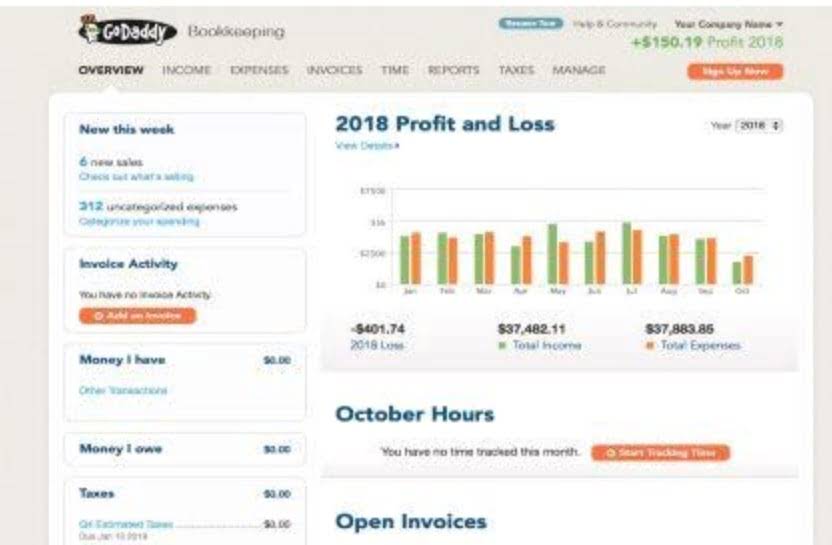What is construction in progress CIP? Accounting Questions & Answers Q&A
Content

In financial statements, CIP is recorded as an asset on the balance sheet. It is categorized under “Property, Plant, and Equipment” or “Fixed Assets.” The costs are usually accumulated in a separate CIP account until the construction project is completed. CIP is crucial because it allows companies to accurately track and report the costs of ongoing construction projects.
It is similar to Cost, Insurance, and Freight (CIF), but it is different. Organizations use these CIP accounts when constructing a new facility, expanding an existing one, or building new machinery or equipment. In most cases, the term of process or progress can be used interchangeably. However, https://www.bookstime.com/articles/bookkeeping-san-francisco there are chances that the term process written in a financial statement instead of progress indicates the business nature. And, once you add CIP accounting to it, the task becomes an ordeal. Managing CIP accounts with others or even separately requires experience and proper knowledge.
What are the Benefits of Factoring Your Account Receivable?
Construction companies keep their construction-in-progress accounts open for longer than needed to keep their assets value high and misrepresent profits. Thus, it is best never to store costs longer than needed, even by mistake. Given this, construction companies should delegate their finances to experts, to teams like Monily with the capacity and knowledge to manage multiple balance sheets simultaneously. Here, the seller bears the costs of carriage and all-risk freight insurance. Insured transfers from seller to buyer agreement help reduce risk transfers. CIP plays a crucial role in project management by providing real-time data on costs and progress.
- On the other side, there are assets that may take weeks, months or event years before they are fully functional and ready for use.
- However, preparing accurate reports is not simple for construction companies whose work-in-progress assets are unique.
- The construction in progress can be the largest fixed asset account due to the possibility of time it can stay open.
- In this blog, we will discuss the instances when construction in progress is used by the business.
- CIP represents ongoing construction projects, whereas fixed assets are completed projects that are ready for use.
Make the transfer of the entered CIP amount once the project is complete. Once the assets are in a functional state, you can then transfer expenses for those assets to the proper fixed asset account to track future costs. While generally accepted accounting principles (GAAP) provide guidelines for accounting for construction contracts, there is no specific standard solely addressing CIP. Instead, companies typically follow GAAP principles to recognize and report construction-related costs. After the construction has been completed, the relevant building, plant, or equipment account is debited with the same amount as construction in progress. After the completion of construction, the company will record depreciation on the asset.
What is construction in progress (CIP)?
Project managers can use CIP information to evaluate project performance, identify potential cost overruns, and make adjustments to stay on track. No, CIP cannot be depreciated because it is not yet a complete and functional asset. Depreciation is only applicable to fixed assets that are expected to have a useful life and decline in value over time.
Another objective of recording construction in progress is scrutiny and audit of accounts. The construction in progress can be the largest fixed asset account due to the possibility of time it can stay open. A construction company might come to your mind by reading the phrase “Construction In Progress.” Indeed, construction in progress accounting is mostly used by construction firms.
Can CIP be transferred between projects?
CIP refers to carriage and insurance paid (up until the destination mentioned). This means that the total value of goods sold includes freight, insurance, and cost of goods. CIP stands for Carriage and Insurance Paid (up to the named destination). Sellers must contact their insurance cip accounting company to buy extra insurance coverage for their business. In cost to cost method, all the cost incurred to the date is divided by the project’s total expected cost. The most common capital costs include material, labor, FOH, Freight expenses, interest on construction loans, etc.
Amid the construction progress, these assets are not usable as they require months or years for completion, complicating bookkeeping. It is the approved bookkeeping method in the construction industry, viewing the complexities involved. Construction in progress accounting is also a prime target for auditors due to the length of time the account can be left open. CIP plays a vital role in financial forecasting by providing insights into ongoing construction costs.
Learn More About Tax Accountant Jobs
The IAS 11 construction contract is a comprehensive document dictating the complete accounting for construction in progress. A construction contract is a specific contract negotiated to build a fixed asset or group of interrelated assets. Wajiha is a Brampton-based CPA, CGA, and Controller with 17+ years of experience in the financial services industry. She holds a Bachelor of Science Degree in Applied Accounting from Oxford Brookes University and is a Chartered Certified Accountant. Wajiha spearheads Monily as its Director and is a leader who excels in helping teams achieve excellence. She talks about business financial health, innovative accounting, and all things finances.

And if they need extra insurance coverage, they can buy it at additional insurance charges. However, risk of loss is a big deal when buying items that need to be shipped. Depending on the mode of transport, any number of things could happen.
